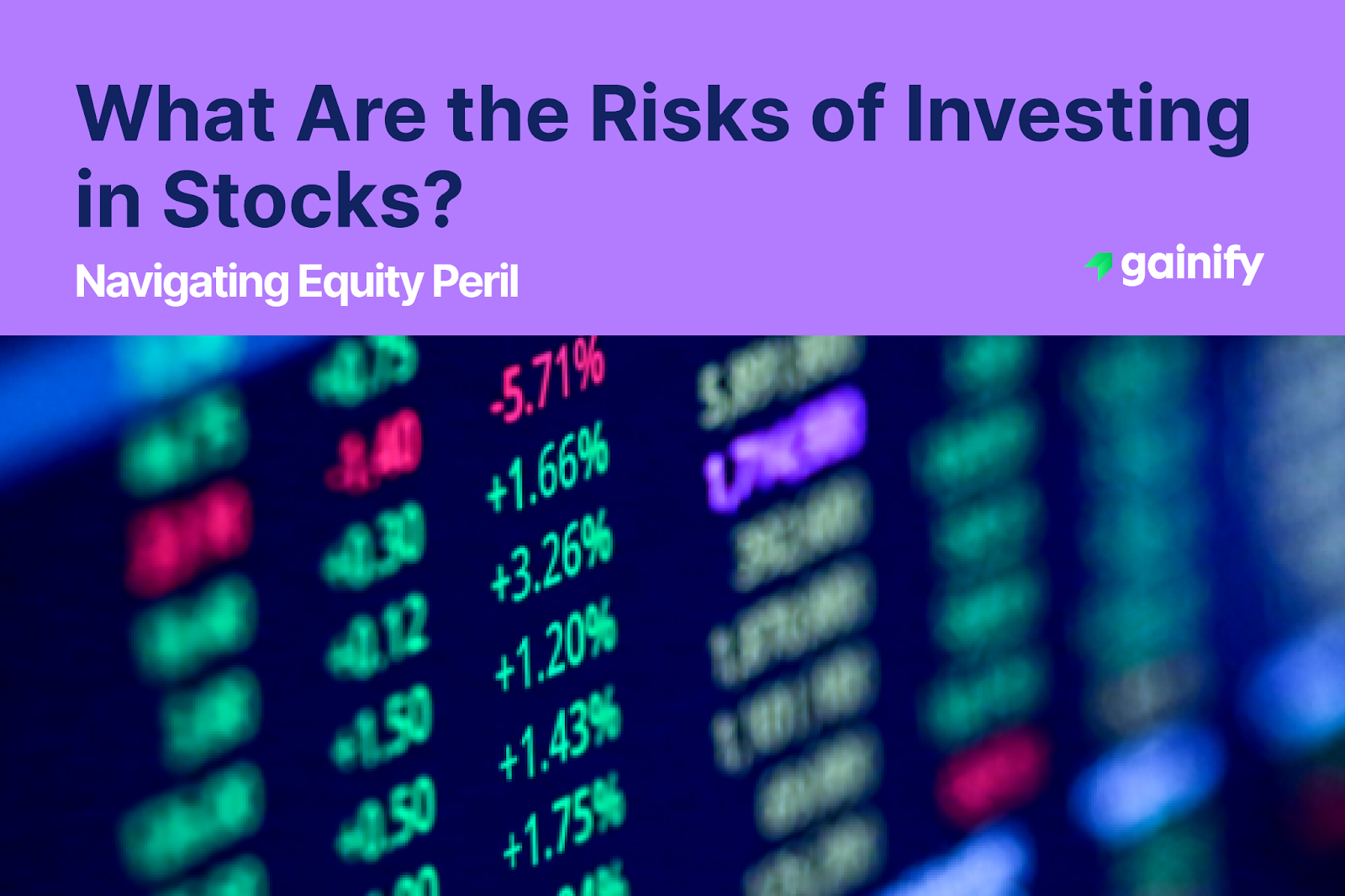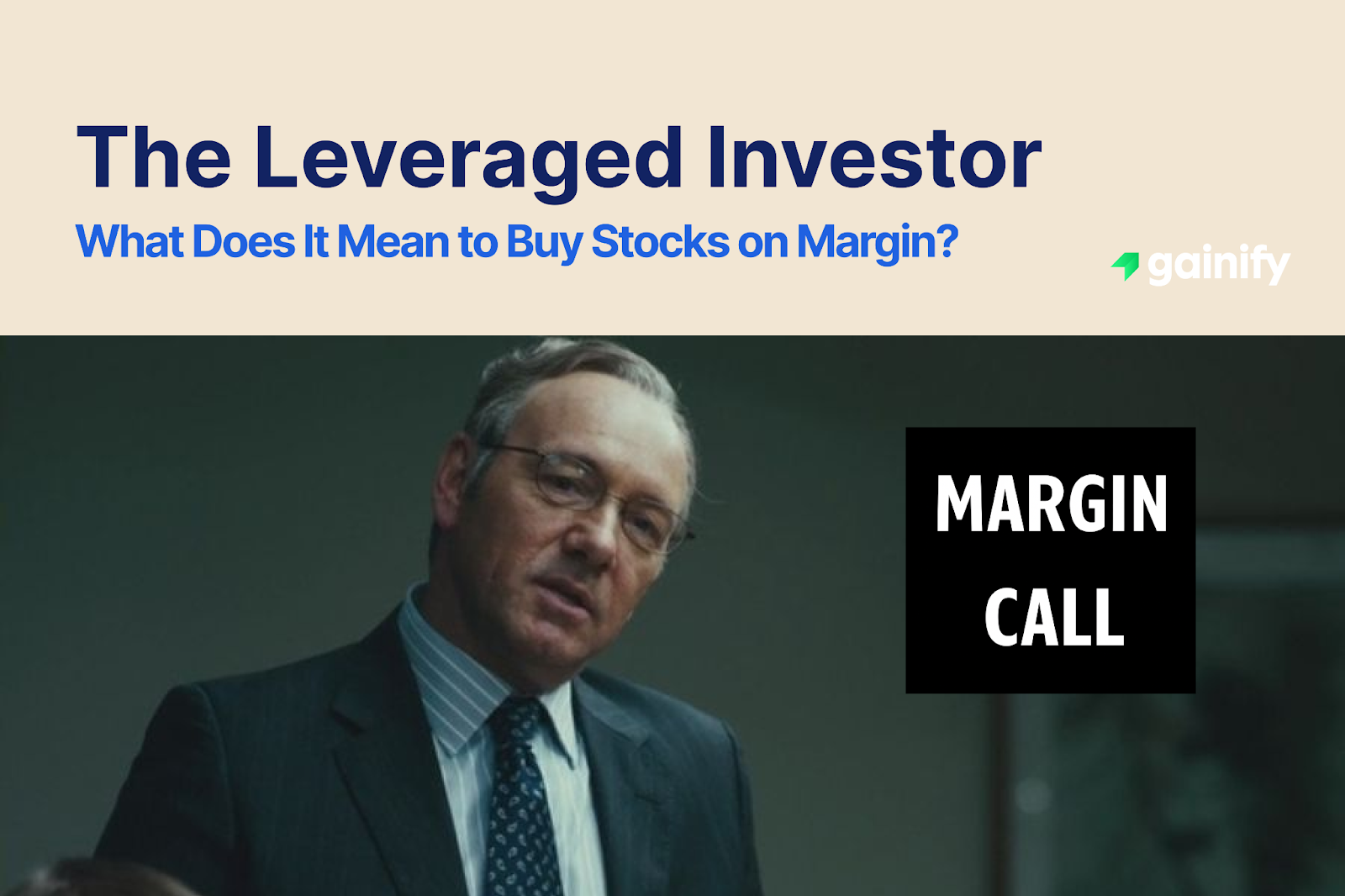For decades, stock markets have been a bright spot, promising smart investors not just growth, but the chance to build wealth for generations. From old industrial giants to new tech leaders, the story of rising share prices and big, long-term financial growth is powerful, drawing millions into its active world. The amazing power of your money growing over time in a carefully chosen investment portfolio can truly change your financial future.
Yet, financial market experts confirm that this strong engine of success also runs with hidden unknowns. The path to big returns is seldom straight, and the appeal of possible gains must always be weighed against a clear look at the hidden problems.
It’s common for people, and perhaps even necessary for new ideas, to focus only on the good side, to imagine only the best outcomes when thinking about putting money in. This natural hope, while pushing us forward, can surprisingly hide the vital need to plan ahead. A truly smart investor understands that every chance, no matter how bright it seems, is tied to a clear set of possible risks. To ignore these parts isn’t just a small mistake; it turns manageable unknowns into sudden weaknesses, often appearing with a shocking impact when least expected.
As experienced financial professionals spend their careers studying how markets work, one key question always comes up from people starting their investment journey: “What are the risks of investing?” This basic question, while appearing simple, starts an important talk about the many forces that can affect, and sometimes shrink, the money you’ve put in. The main goal isn’t to scare you away, but to make things clear: to move past surface-level worries and dive into the exact ways risk appears in stock holdings, helping you build strong portfolios that can bounce back.
Therefore, we’re taking a full look to clearly explain the many forms of risk found in stock investing. To bring clarity, we group risks into four distinct categories: Market-Level Risks, Company-Level Risks, and Inverstor Behavioral Risks. Each interacts differently with your portfolio, and each deserves attention.
Market-Level Risks: The Broad Economic Undercurrent
1. Market Volatility – Daily Swings and Media Shocks
Markets move fast, often reacting to news or collective investor emotion. Prices can surge or plunge based on expectations, fear, or irrational momentum. Market volatility is a natural part of public trading, but for some, it causes panic and poor decisions.
Watch for: volatility indexes like VIX, economic data releases, earnings cycles, and global news.
2. Systemic Risk – When the Whole System Staggers
Systemic risk refers to potential collapse in the entire financial system. Unlike individual stock drops, these events affect the whole market. Financial crises, credit breakdowns, or banking failures can ripple across portfolios regardless of diversification.
Watch for: interbank lending data, central bank stress tests, and contagion indicators.
3. Political and Regulatory Risk – Policy Shifts That Reshape Profits
Government policy and international tensions can quickly affect investor confidence and business fundamentals. Taxes, trade restrictions, or new industry rules often alter profitability, especially in energy, finance, and healthcare sectors.
Watch for: upcoming elections, legislative agendas, international relations, and global regulatory shifts.
4. Interest Rate Risk – Borrowing Becomes Costly
As interest rates rise, it becomes more expensive for companies to borrow. This often leads to slower expansion, tighter margins, and lower stock valuations in sectors such as tech or real estate sectors.
Watch for: central bank statements, inflation expectations, bond yield movements.
5. Inflation Risk – Returns That Look Good But Buy Less
If inflation outpaces your return, your real earnings shrink. Stocks usually outgrow inflation over time, but periods of high inflation can compress profit margins and valuations.
Watch for: CPI numbers, pricing strategies, real return benchmarks.
Company-Level Risks: Business Realities Beneath the Ticker
6. Equity Risk – Share Price Declines Due to Company Conditions
Owning stock means accepting that its value can fall, even without broader market issues. This can happen from weak earnings, missed expectations, or declining investor confidence.
Watch for: earnings reports, sector trends, investor sentiment, product announcements.
7. Business Risk – Internal Missteps or External Pressures
Business risk is rooted in company-specific challenges. Poor leadership, bad strategy, disrupted supply chains, or scandals can damage a firm’s value significantly even if the industry thrives.
Watch for: leadership turnover, market share trends, litigation exposure, innovation cycles.
8. Credit and Capital Risk – Financial Fragility and Debt Loads
Companies with high debt face greater collapse risk. Missed payments or declining revenues could trigger default, especially during downturns. Equity holders usually absorb losses first.
Watch for: debt-to-equity ratios, interest coverage, liquidity status.
9. Operational Risk – Hidden Execution Failures
Even profitable companies can falter from internal issues such as cyberattacks, poor internal controls, or supplier failures can hit performance without warning.
Watch for: cybersecurity audits, internal governance, system uptime.
10. Liquidity Risk – When Selling Gets Difficult
If a stock doesn’t trade frequently, you may struggle to sell when you need to or must accept a price cut. This is especially true with small caps, emerging markets, and private equity.
Watch for: bid-ask spreads, average volume, lock-up terms.
11. Currency Risk – Foreign Exposure Affects Your Returns
Investments in international companies or markets are exposed to exchange rate fluctuations. Even if the stock rises in its home market, you may lose value after converting currencies.
Watch for: currency trends, FX policy from central banks, earnings reports from global firms.
Behavioral and Portfolio Risks: Human Patterns and Portfolio Design
12. Behavioral Risk – Fear and Overconfidence in Action
Investor behavior can often do more harm than markets themselves. Chasing trends, panicking on dips, or acting on emotion leads to poor timing and missed goals.
Watch for: your reaction to market swings, performance chasing, media-driven decisions.
13. Concentration Risk – Betting Too Much on One Idea
A lack of diversification amplifies damage when a single stock or sector underperforms. Even strong convictions can become dangerous if they dominate your allocation.
Watch for: asset allocation reviews, sector exposure audits, position size.
14. Alternatives Risk – Non-Traditional Assets Come with Unique Baggage
Private equity, hedge funds, or exotic instruments may sound appealing but often lack liquidity, transparency, and have unique risks.
Watch for: redemption schedules, complex valuation models, manager alignment.
15. Reinvestment Rate Risk – Dividends Don’t Compound as Expected
Falling prices or market instability can lead to reinvested dividends buying fewer shares, slowing your long-term growth.
Watch for: dividend consistency, reinvestment execution, yield stability.
Summary Table: Key Stock Market Investment Risks
Risk Type | Description | What to Watch |
1. Market Volatility | Rapid, sharp price swings driven by news, emotion, macro factors. | Volatility indexes, economic data, earnings cycles, global news. |
2. Systemic Risk | Potential collapse of the entire financial system. | Interbank lending, central bank stress tests, contagion indicators. |
3. Political/Regulatory Risk | Government actions, policy shifts, or instability altering prospects. | Elections, legislative agendas, geopolitical events, regulatory shifts. |
4. Interest Rate Risk | Rising rates make borrowing expensive, reducing stock valuations. | Central bank statements, inflation expectations, bond yield movements. |
5. Inflation Risk | Erosion of purchasing power by rising prices over time. | CPI numbers, pricing strategies, real return benchmarks. |
6. Equity Risk | Stock price decline due to company conditions (inherent ownership risk). | Earnings reports, sector trends, investor sentiment, product announcements. |
7. Business Risk | Company-specific problems (e.g., mismanagement, competition, scandals). | Leadership turnover, market share trends, litigation exposure, innovation cycles. |
8. Credit & Capital Risk | Company’s inability to meet financial obligations or repay debt. | Debt-to-equity ratios, interest coverage, liquidity status. |
9. Operational Risk | Internal company failures (e.g., cyberattacks, poor controls). | Cybersecurity audits, internal governance, system uptime. |
10. Liquidity Risk | Difficulty selling an investment quickly at a fair price. | Bid-ask spreads, average volume, lock-up terms. |
11. Currency (FX) Risk | Fluctuations in exchange rate impacting international investments. | Currency trends, FX policy, global firm earnings. |
12. Behavioral Risk | Emotional biases leading to irrational investment decisions. | Your reaction to market swings, performance chasing, media-driven decisions. |
13. Concentration Risk | Overexposure to a single asset, sector, or small number of holdings. | Asset allocation reviews, sector exposure audits, position size. |
14. Alternatives Risk | Unique risks of non-traditional assets (e.g., private equity, illiquidity). | Redemption schedules, complex valuation models, manager alignment. |
15. Reinvestment Rate Risk | Lower effective returns from dividend reinvestment in unfavorable markets. | Dividend consistency, reinvestment execution, yield stability. |
Key Principles for Resilient Stock Investing
Navigating the equity market effectively hinges on a few fundamental principles. While the allure of long-term growth is undeniable, it is critical to acknowledge that stock investing comes with inherent complexities and higher investment risk compared to more conservative alternatives like certificates of deposit.
- Risk is Multifaceted: Understand that risk isn’t singular. From Equity Risk and Business Risk at the company level, to broad Market Volatility, Interest Rate Risk, and Political and Regulatory Risk at the market level, and even Behavioral Risk within your own decision-making, each type requires awareness.
- Diversification is Your Shield: Combat concentration risk and mitigate many company-specific perils by building a truly diversified investment portfolio across various market sectors, industries, and asset classes. This remains a cornerstone of robust risk management.
- Embrace Volatility, Manage Emotion: Market volatility is a natural rhythm of healthy markets, not a signal for panic. The greater danger lies in emotional reactions like performance chasing or impulsive selling. Discipline and a long-term perspective are your strongest allies.
- Knowledge Empowers: Comprehending the impact of macroeconomic events, global exchange rate fluctuations, and the intricacies of U.S. taxation on your investments provides a crucial advantage. This proactive understanding allows for more informed asset allocation and adaptation.
- Strategy and Discipline are Paramount: Ultimately, consistent long-term return in the stock market isn’t about guessing its next move. It’s about adhering to a well-defined investment strategy, maintaining unwavering discipline, and aligning your investment objectives with an honest assessment of your risk tolerance level, potentially with the guidance of a trusted financial advisor.




